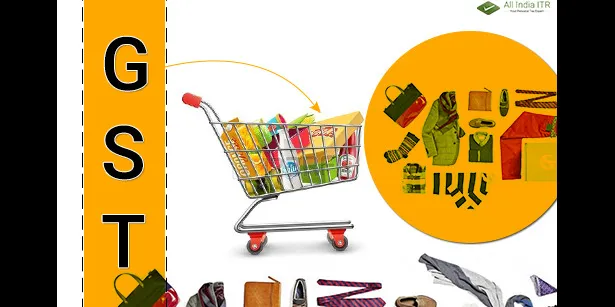

Know the IN and OUT of Goods and Services Tax
Since the economic liberation of India in 1991, Goods and Services tax is one of the biggest reforms in the structure of the indirect tax system of India. GST would be the sole indirect tax to be paid from the level of the manufacturer to that of the common people, which would transform the nation into a single unified market. In a layman’s language, GST is the tax that one pays for the value addition at every single stage of the production of a commodity. This would make purchasing easier on the pocket of the common people as he would only be paying the GST charged by the last dealer in the chain of supply.

The concept of GST is not only beneficial for the common people but is also the reason for rejoice for the businesses, the industries, and the government. With the Goods and Services Tax in practice, the common people would get to avoid the veiled taxes on every commodity. This would trigger transparency in the payment of taxes by the common people. Another benefit that the common people would enjoy is the freedom from the overburden of the taxes that are levied on every step of production of a commodity. The GST will be administered by both the Central and the State governments which would make the administration of the indirect tax easier for the government. The Goods and Services Tax will be supported by a sturdy IT structure minimizing the leakages in the indirect tax system. For industries and businesses, the GST would be rewarding because of its uniformity and the ease it would cause. It would make it easier and tax neutral for the entrepreneurs to set up businesses in the country because of the uniformity in indirect tax throughout the country. Competitiveness amongst the producers would also increase with GST, leading to improved trade and industry. Some complications and myths coming on the way of GST transition.
There are a number of taxes that would get subsumed with the Goods and Services Tax coming in action. Tax saving funds can save bigger on Income Tax Return. At the Central level, the Central Excise Duty, Additional Custom Duty or Countervailing Duty, Additional Excise Duty, Special Additional Duty of Customs and the Service Tax would be incorporated in the GST. At the State level, Value Added Tax or Sales Tax, Octroi and Entry Tax, Luxury Tax, Entertainment Tax and the taxes on the lottery, betting and gambling would be subsumed. The Goods and Services Tax might prove to be a silver lining for the indirect tax system in India having an extensive impact on the business operations in the country.
Source: https://www.allindiaitr.com/blog/know-th-in-and-out-of-goods-and-services-tax







